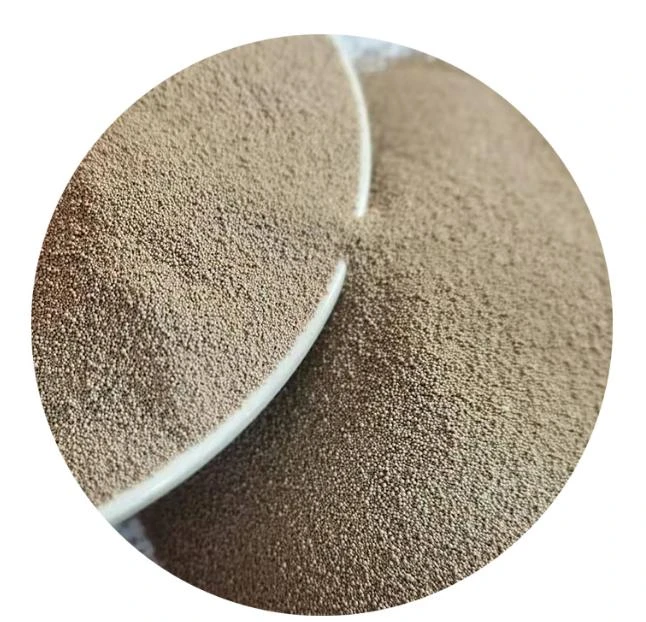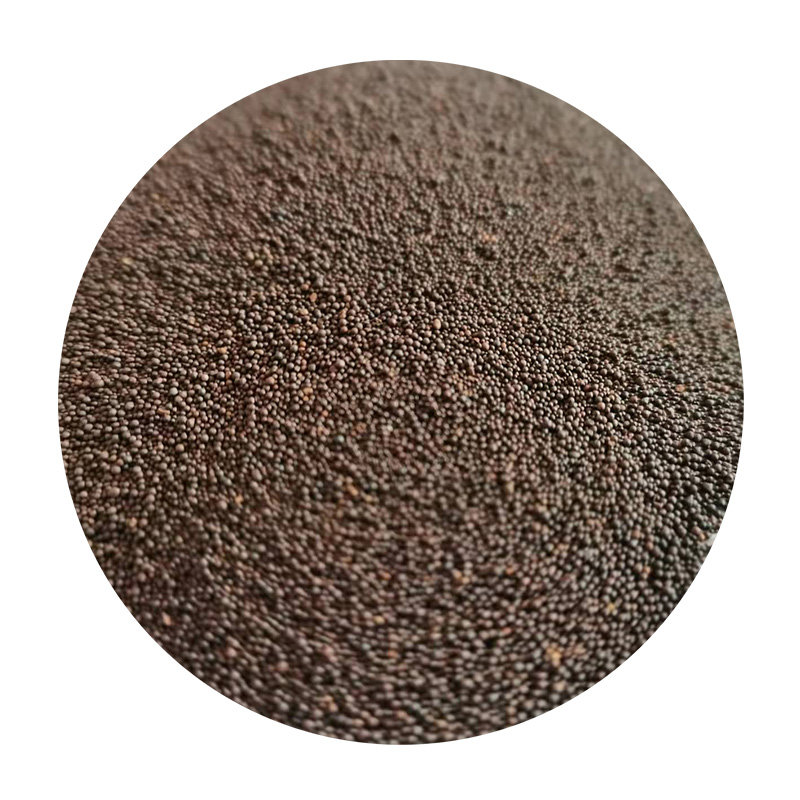

Upon reaching the 2000-grit sandpaper, your resin piece should have a smooth matte finish. To achieve a high-gloss shine, consider using a polishing compound or liquid polish designed for plastics or automotive finishes. Apply a small amount to a soft, clean cloth and gently buff the surface in a circular motion, avoiding vigorous rubbing that can melt or warp the resin. For optimal results, test this process on a small or scrap piece of resin first. This practice allows you to become familiar with the nuances of your specific resin type and adjust your technique accordingly without risking damage to your final project. In addition to technique, the quality of your sandpaper and polishing compounds can significantly impact your results. Investing in reputable brands often leads to better finishes and reduces the likelihood of introducing new imperfections. Finally, always clean your work area and tools after sanding. Resin particles can be sticky and challenging to remove once dry. Ensuring that your supplies are properly rinsed and stored will prolong their life span and maintain their efficacy for future projects. By following these steps, you not only achieve a beautiful finish on your current resin project but also build the skill set necessary to tackle more complex resin art in the future. This methodical, expert-backed approach ensures not only the aesthetic appeal of your finished piece but also upholds safety and longevity in your resin crafting journey. Post time:فبراير . 11, 2025 20:23
Next:how to cast sand in resin
